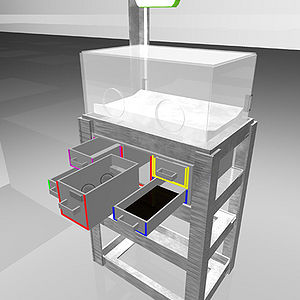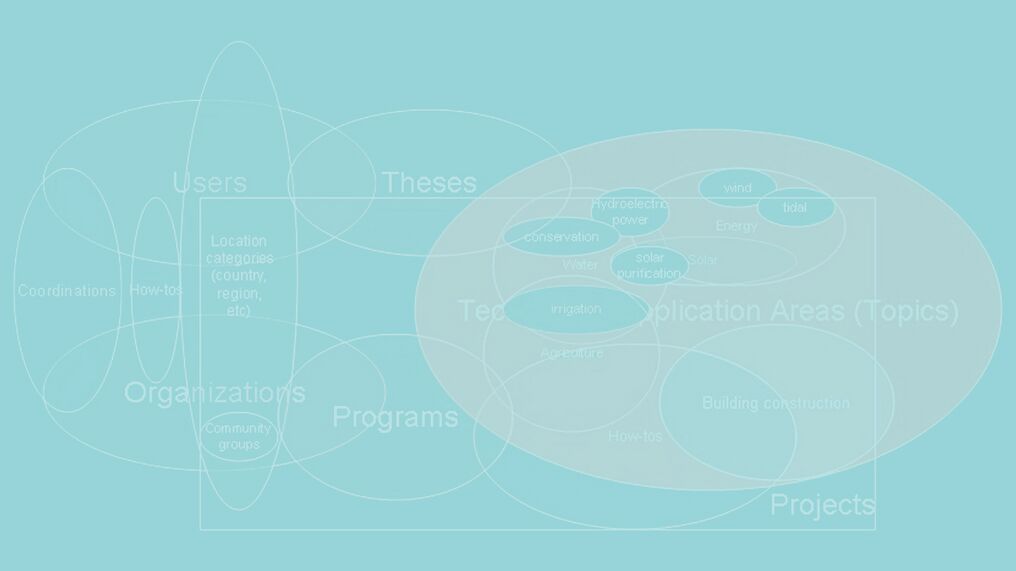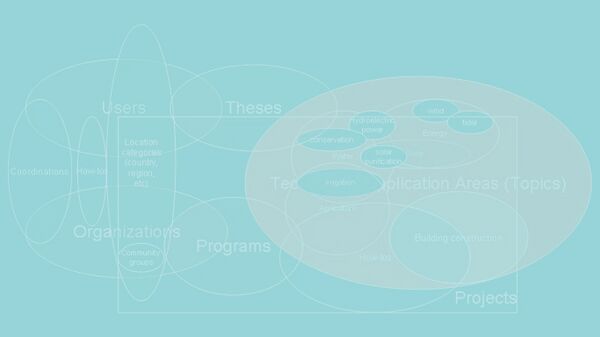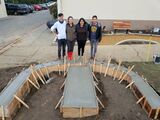Appropedia shares knowledge to build rich, sustainable lives (read our vision and mission).
Explore 14,594 resources and solutions for sustainability, appropriate technology, poverty alleviation, permaculture and more!
Announcements
Community Action for Sustainability News
- Climate change: Biggest global poll supports 'global emergency', Jan 27 [1] ...Climate news 2021
- “Doughnut Economic” model arrives in California, Jan 26 [2]
- New Global Coalition launched to address impacts of Climate Change, Jan 25 [3] ...UK Climate news 2021
- "There is no Planet B" has been updated, ready for the moment. And there may be some movement towards climate hope, Jan 22 [4] ...UK Climate news 2021
- A new landscape for skill-sharing emerges from pandemic aftermath, Jan 7, 2021 [5] ...Sharing news
Selected page

In designing this device, our goal has been to engineer a simple solution to a complex problem in the developing world. Our proposal is to design a safe incubator that will be used in local health centers, be easily assembled, be portable, need minimal operating capabilities and will keep the infant warm and hydrated.
1 out of every 22 babies born in the world dies before reaching 28 days of age. In developed countries, such as the United States, these babies are cared for via infant incubators, life support machines that provide adequate thermal regulation and environmental control for the baby while it uses all of its resources to complete development and attain normal size. However, in developing countries, infant incubators are not adequately utilized.
One reason for this underutilization is the complexity of design of standard incubators. Even when incubators are donated to third-world health facilities, they often end up gathering dust in the basement. The reasons for this are two-fold:
- Standard incubators are difficult to maintain, and the health staff find the incubators too complicated to use
- Repairs on these incubators require specially trained technicians who are not available
In addition, in the developing world, there is a larger proportion of primary and intermediate health facilities than there are in the developed world. These facilities vary widely in environmental conditions and services provided for neonatal care. However, the design of current incubators for homogeneous American hospital rooms does not allow for this variance. As a result, these facilities are burdened by maintenance of incubator features that they do not need. This discourages incubator use in these clinics, leaving low weight infants born in these areas without any means of care.
Furthermore, a large portion of low birth weight infants die in transit to hospitals, as there are not currently available adequate means to transport these babies in a thermally controlled environment.
The aim of this project is to design an infant incubator for primary and intermediate health facilities which address the problems stated above.
Selected gallery
The Fall 2018 semester of ENGR215 Introduction to Design worked with Six Rivers Charter and Arcata High Schools to design and build outdoor educational spaces for their High School in Arcata, CA.
-
solar cellphone charger
Direct and educational solar charging of cell phones. -
outdoor common area
Transforming an outdoor area into an inviting meeting space. -
human sundial
A student powered sundial in the center of campus. -
garden landscape
A large agricultural learning area retained by 66 feet of gabions. -
pirate's cove corner
A pirate themed agricultural area replete with gabions, rope, and a ship wheel.
Selected quote
Now, as never before, the old phrase has a literal meaning: We are all in the same boat.
Help us grow!
Appropedia is created by people like you! Feel free to contribute to Appropedia your original research, projects, current works, observations and wisdom. Improve articles by clicking "edit" on top of any page or section. Our philosophy is: BE BOLD and contribute!
Questions? Comments? Visit the Village pump or the Permies permaculture forums.







